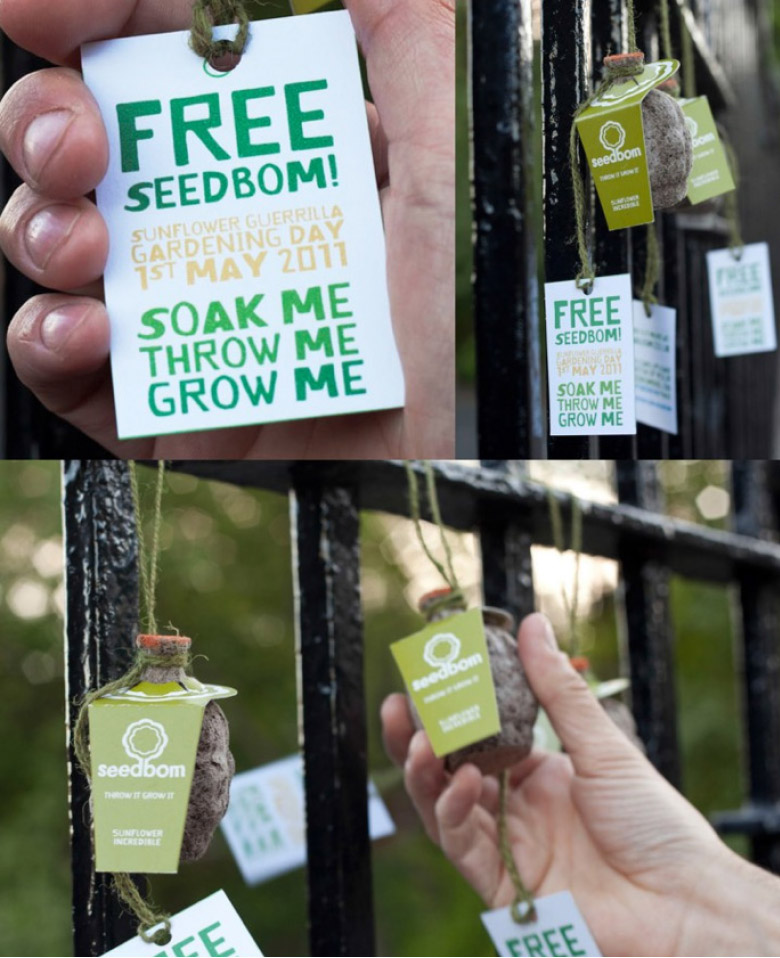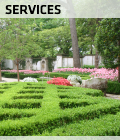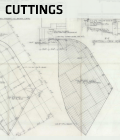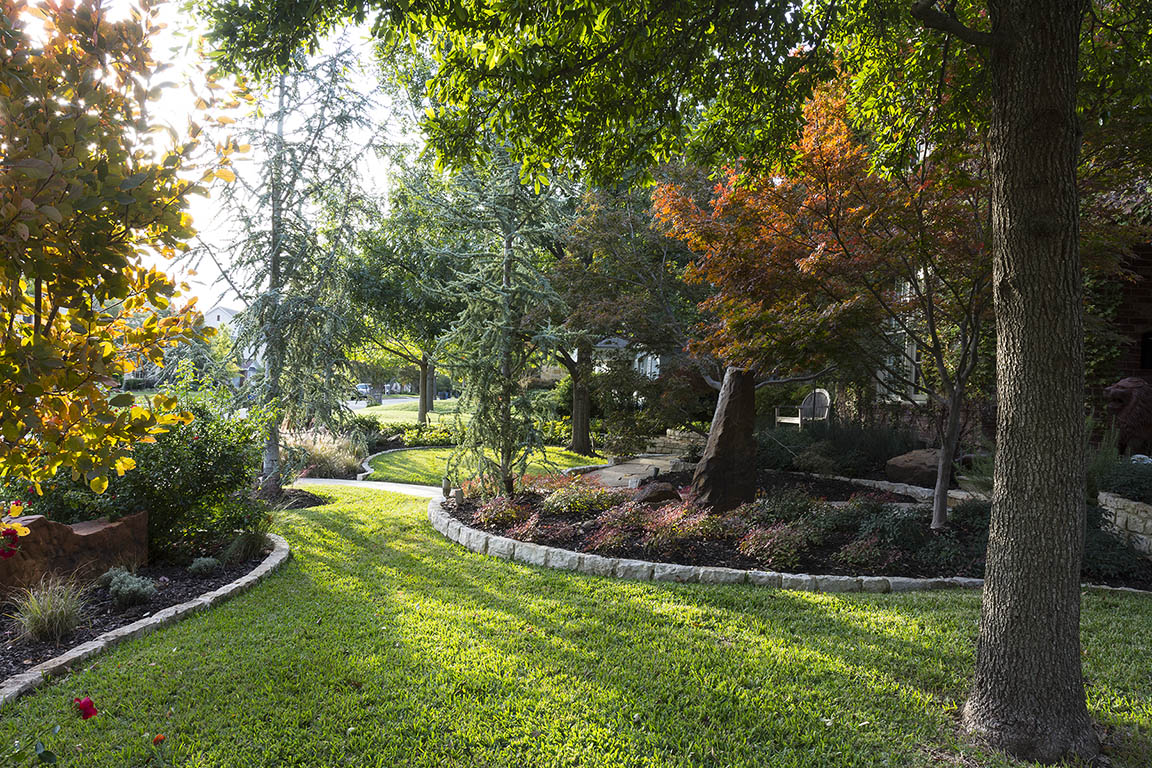Resources
- American Society of Landscape Architects
- Antique Rose Emporium
- BRIT
- Dallas Arboretum
- DirtDoctor.com A comprehensive organic resource
- International Society of Arboriculture
- Irrigation Association
- Moore Tree Care
- ISA Texas
- National Spa and Pool Institute/Association of Pool and Spa Professionals
- National Association of Landscape Professionals
- Texas A&M Aggie Horticulture
- Texas Commission on Environmental Quality
- Texas Nursery Landscape Association
- Texas Department of Agriculture
- Texas Trees Foundation
- Texas Turfgrass Association
- Trinity Blacklands Urban Forestry Council
Category Archives: Uncategorized
Let there be light
By Mike McCabe, Certified Arborist
Too often during this time of year, with the holidays in full flower and family commitments at their seasonal peak, homeowners delay landscape maintenance priorities such as pruning their large shrubs and trees. Delays, however, can be costly.
By putting your trees on a care program with regular cycles of nourishment, soil conditioning, and proper pruning, you will ensure that they will have improved structure, health and beauty all year long. And, your trees will better survive potential weather events and storm damage.
Structural pruning is a term used by arborists that refers to the shaping of trees typically done in winter, before trees break their dormancy. This procedure promotes a sound tree structure, opens up the tree canopy to let in light and air, promotes the plant’s natural shape, removes dead wood, and eliminates dying branches that may have been previously injured by disease, insects, or storm damage.
Winter is the best time to tidy and prune trees for several reasons. First of all, the loss of leaves in deciduous trees provides arborists and technicians enhanced visibility to evaluate structural problems. Without foliage to obstruct the view, it’s easier to make the best aesthetic and technical pruning decisions. Winter is also a good time to prune because the trees are dormant. This means that fresh cuts will only be exposed for a short period of time until spring growth seals pruning wounds.
Proper pruning also helps protect trees from the toll that heavy ice and snow can take on all trees, including live oaks, magnolias and other evergreens when the weight of the snow on branches can break limbs from the trunk and cause liability and safety concerns.
Pruning 101 – What you need to know:
- Proper pruning prevents and corrects health problems.
- Pruning keeps trees from becoming or looking lopsided.
- Certified, licensed arborists are highly trained and well educated in how trees grow and what makes them weak.
- Pruning should be part of an overall commitment to the health of your trees that also includes a regular program of organic plant health care, including fertilization, root zone conditioning, and insect prevention.
- Proper pruning is essential to create a tree with a sound structure and aesthetic form.
- Trees that receive proper and appropriate pruning when young will require less corrective pruning when they mature.
- Pruning has the potential to change the way the tree grows and how long it lives.
- Postponing pruning can create the need to make corrective action or make larger cuts. These can make it more difficult for the wounds to heal.
- Most routine pruning can be accomplished at any time of the year. However, winter – or before spring growth – is the best time to prune to ensure a healthy structure because growth is maximized.
- Pruning decisions depend on the tree’s size, species, and age, as well as the objectives of desired outcome. Pruning large trees can sometimes be dangerous and often requires specialized equipment and skills. Professional certified arborists are usually supported by the services of a highly specialized and trained crew, and have all of the required safety equipment and liability insurance in place. Hire a professional! Look for membership in professional organizations such as the International Society of Arboriculture (ISA), the Tree Care Industry Association (TCIA), or the American Society of Consulting Arborists (ASCA).
About the author: Mike McCabe is a Certified Arborist with Moore Tree, a member of the Lambert Landscape family of companies. Mmccabe@mooretreecare.com
Posted in Uncategorized
Leave a comment
Plant smarter for tougher turf
“A weed is plant whose virtues have never been discovered.” ~ Ralph Waldo Emerson
Some lawns look a little sad this time of year. Record weather patterns and improper watering have inflicted a lot of stress on landscapes and many lawns have suffered.
There’s a way to deal with this. Plant differently. Choose the right kind of grass, the right kind of plants and trees for the site, and a better way to care for, and irrigate both.
This fall, during overseeing time, one approach to solve the problem of a stressed out lawn is to consider planting a polyculture turf.
For decades, parks and golf courses have set the standard for perfect lawns. But this perfect turf and its monoculture, or single species of grass, has a labor-intensive downside: it’s maintained by mowing, fertilizing, dethatching and watering, and depends heavily on chemical support to keep it that way.
When we allow our lawns to mimic nature, we end up with a healthier, and environmentally more beneficial asset in our garden.
A lawn imitates nature by growing a range of beneficial partner plants to create a ground cover ecosystem. This blended, or polyculture, lawn option improves the health of the soil, saves money on fertilizer, reduces watering and nitrogen needs, and saves time on maintenance. It can also reduce your watering bill because you can water less.
St. Augustine, a popular turf grass in the Dallas area, for example, especially benefits from having clover in its midst. St. Augustine’s shade tolerance keeps it happy below a clover canopy and the grass enjoys the humidity provided by clover’s ground cover.
Clover once grew naturally in all our lawns, but the introduction and use of herbicides eradicated the broadleaf weeds and removed deep-rooted clover. Without clover to help absorb water and nutrients, the typical shallow-rooted lawn needed more water to keep it green. More water often led to overwatering, causing a different kind of suffering for garden plants, and more water was wasted than ever before.
Today, water is not as plentiful and our priorities have changed. The sustainable solution to optimize irrigation and nutrients is to inter-plant a monoculture turf grass with a hardy species mix, including some ornamental grasses, thyme, moss, white clover and clover blends. Clover in particular is a legume, which means it makes its own nitrogen and contributes to enriching the soil. It can be mowed or left to grow, and attracts birds and bees which are essential to the garden’s ecosystem.
Discover the virtues of an ecological lawn and a strategically considered and cared for garden. Conserve water, introduce sustainability through options that mimic natural systems, eliminate toxic chemicals, and create a welcoming habitat for people, plants and pollinators to thrive. It’s safer and healthier for kids and pets, too.
About the author: Denise Metzger is a Garden Services Manager at Lambert Landscape Company.
Posted in Uncategorized
Leave a comment
War on terra

themoderngardener.wordpress.com
 Ah, what a great headline – wish we could take credit for it! I must pass the credit on to the clever folks at Kabloom, who have just celebrated the 5th International Sunflower Guerrilla Gardening Day and recently teamed up with Selfridges to create a pop-up shop instore. They produce these witty Guerrilla Gardening ‘Seedboms’.A great gift idea for those of use who would like to see a few flowers in neglected corners of the world.
Ah, what a great headline – wish we could take credit for it! I must pass the credit on to the clever folks at Kabloom, who have just celebrated the 5th International Sunflower Guerrilla Gardening Day and recently teamed up with Selfridges to create a pop-up shop instore. They produce these witty Guerrilla Gardening ‘Seedboms’.A great gift idea for those of use who would like to see a few flowers in neglected corners of the world.
Posted in Uncategorized
Comments Off on War on terra











